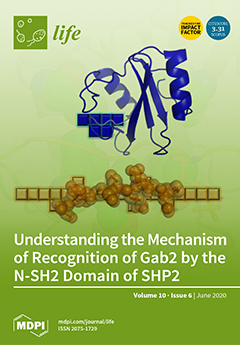The search for life on Mars is predicated on the idea that Earth and Mars life (if present) should be both carbon- and water-based with similar forms of evolution. However, the astrobiology community can currently only investigate plausible Martian microbial ecosystems by using Terran life-forms as proxies. In order to examine how life might persist on Mars, we used a hypopiezotolerant bacterium (def., able to grow at 7–10 hPa)—
Serratia liquefaciens—in growth assays with four Mars analog soils conducted under a subset of simulated Martian conditions including 7 hPa, 0 °C, and a CO
2-enriched anoxic atmosphere (called
low-PTA conditions). The four Mars analog soils included an
Aeolian dust analog, the Mars
JSC-1 analog, a
Phoenix lander-site simulant, and a high-
Salts analog.
Serratia liquefaciens cells were able to grow at 30 °C in a liquid minimal basal medium (MBM) supplemented with 10- or 20-mM sucrose, Spizizen salts, and micronutrients. When the four analog soils were doped with both MBM and cells of
S. liquefaciens, and subsequently incubated at 30 °C for 72 h, cell densities increased between 2-logs (
Phoenix analog) and 4-logs (
Aeolian and
JSC-1 analogs); the
Salts analog led to complete inactivation of
S. liquefaciens within 24 h. In contrast, when the experiment was repeated, but incubated under
low-PTA conditions,
S. liquefaciens cells were either killed immediately by the
Salts analog, or decreased by >5 logs over 28 d by the
Aeolian,
JSC-1, and
Phoenix analogs. The failure of
S. liquefaciens to grow in the analog soils under
low-PTA conditions was attributed to the synergistic interactions among six factors (i.e., low pressure, low temperature, anoxic atmosphere (i.e., the
low-PTA conditions), low-pH in the
Salts soil, dissolved salts in all analogs, and oligotrophic conditions) that increased the biocidal or inhibitory conditions within the analog soils. Results suggest that even if a hypopiezotolerant Terran microbe is displaced from a spacecraft surface on Mars, and lands in a hydrated and nutrient-rich niche, growth in the Martian regolith is not automatically assured.
Full article






